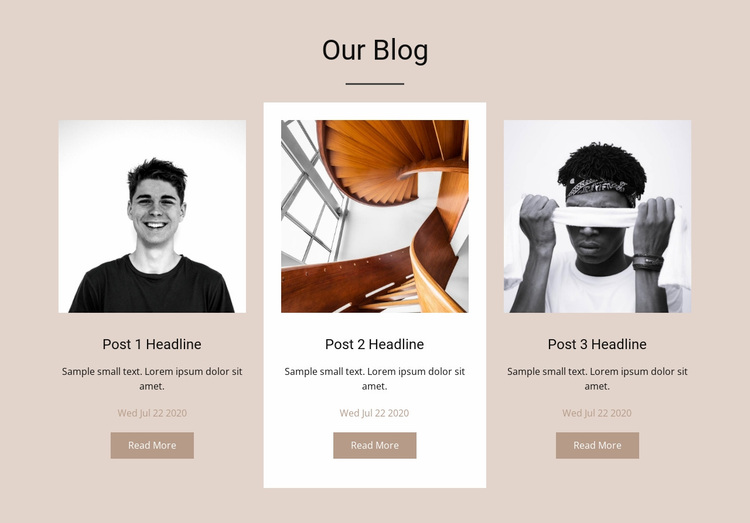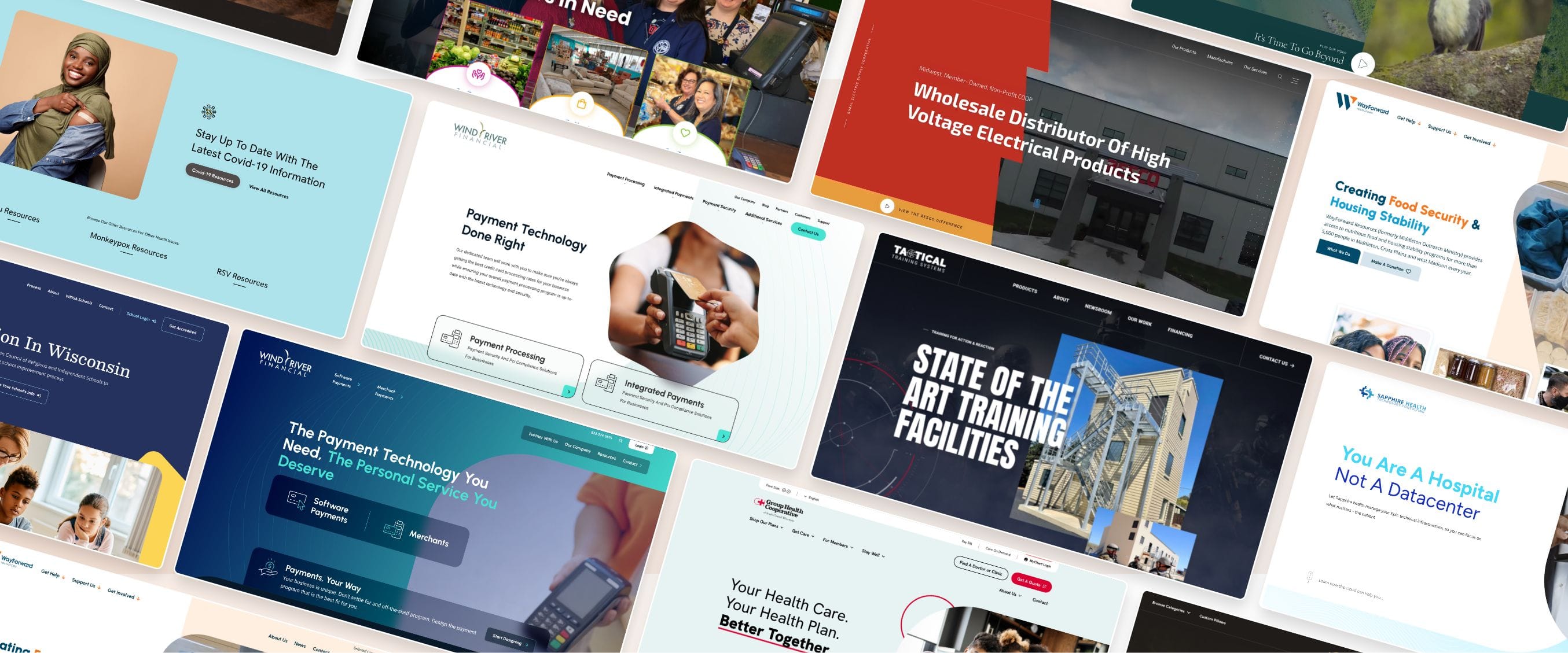Leading Tips for Developing an Impactful Site Design That Converts
In today's digital landscape, the significance of an impactful website style can not be overstated, particularly when it concerns transforming site visitors right into customers. To accomplish this, one must take into consideration a selection of aspects, including comprehending the target market, prioritizing individual experience, and maximizing for mobile systems. Additionally, the calculated use compelling call-to-actions and a distinct visual hierarchy plays an important duty in directing users through their journey. As we check out these essential aspects, it ends up being obvious that the success of your internet site depends upon more than simply aesthetics; it calls for a thoughtful strategy to style and performance.

Understand Your Target Audience
Comprehending your target market is basic to effective web site design, as it lays the foundation for developing an interesting user experience. Recognizing who your customers are, including their demographics, preferences, and actions, allows designers to customize the web site's web content, design, and functionality to fulfill specific needs.
Performing thorough market study is crucial in this process. Surveys, meetings, and analytics can provide useful understandings into individual expectations and discomfort factors. By compiling this data, developers can develop user identities that stand for various segments of the audience, making sure that layout choices are notified and appropriate.
Furthermore, understanding the target market helps in choosing appropriate style components such as color schemes, typography, and images that reverberate with users. A web site that talks directly to its audience cultivates a sense of link and trust, motivating longer sees and higher conversion prices.
Inevitably, a user-centered approach to web site style not just enhances user satisfaction but also supports service purposes by driving engagement and loyalty. By focusing on the demands and preferences of the target market, a site can efficiently serve its function and achieve wanted outcomes.
Prioritize Customer Experience
To boost the overall effectiveness of a website, prioritizing individual experience (UX) is necessary (Website Design). A well-designed UX ensures that site visitors can browse the site effortlessly, find info quickly, and engage with content meaningfully. This leads to enhanced user complete satisfaction and higher conversion prices
Begin by applying user-friendly navigation. Menus needs to be rationally structured, allowing users to find essential locations of the site with marginal initiative. Consistency in layout aspects, such as color design and font styles, fosters familiarity, which is important for keeping individual involvement.
Furthermore, think about the filling speed of your website. A hold-up of simply a few secs can result in substantial drop-offs, as individuals are much less likely to wait on a slow-loading page. Simplifying pictures and maximizing code can enhance performance and preserve visitors.
Additionally, clearness in content presentation is important. Use succinct, engaging language and separate text with visuals to enhance readability. By focusing on user experience, you not only develop an extra satisfying atmosphere for visitors however likewise enhance your brand's reliability. Ultimately, an emphasis on UX is an investment in the long-lasting success of your website.
Maximize for Mobile Tools
Enhancing for mobile phones is important in today's electronic landscape, where a boosting variety of customers gain access to websites via smartphones and tablets. A mobile-friendly layout not only improves individual experience yet additionally plays a considerable duty in improving internet search engine positions. To achieve this, it is necessary to take on a responsive design that instantly gets used to different display dimensions and positionings.

Loading rate is one more critical element; mobile users are generally much read this article less patient and expect rapid access to info. Maximize photos and take advantage of internet browser caching to enhance efficiency. Ultimately, test your internet site on several devices and screen resolutions to identify and fix any type of prospective usability issues. By focusing on mobile optimization, you guarantee that your internet site continues to be affordable and properly engages a more comprehensive audience.
Use Engaging Call-to-Actions
A website's effectiveness often hinges on its capacity to guide site visitors toward preferred activities, making compelling call-to-actions (CTAs) necessary parts of design. CTAs function as the crucial points that route individuals to engage with the site, whether that implies purchasing, signing up for an e-newsletter, or downloading a source.
To produce reliable CTAs, clearness is critical. Use succinct language that plainly connects the activity you want the individual to take. Expressions such as "Obtain Begun," "Register Free," or "Shop Now" not just convey seriousness however also remove obscurity. The positioning of CTAs is just as essential; they should be tactically placed throughout the page to guarantee they are quickly visible, especially in high-traffic areas.
Additionally, consider using directional hints, such as arrowheads or pictures, to guide customers towards these buttons. By concentrating on these components, services can considerably enhance customer involvement, driving conversions and inevitably achieving their internet site's objectives.
Concentrate On Visual Hierarchy
Efficient website design relies heavily on a well-structured visual hierarchy that guides individuals via content seamlessly. By organizing components in a way that focuses on info, designers can boost individual experience visit site and assist in decision-making. This involves making use of size, shade, contrast, and spacing strategically to accentuate the most critical elements of a webpage.
Making use of bigger fonts for headings and subheadings establishes a clear distinction between various areas, enabling users to scan material effortlessly. Additionally, employing contrasting shades for buttons and calls-to-action can catch individual attention and motivate interaction. Whitespace is one more important component; it prevents anchor clutter and enables individuals to concentrate on key messages without disturbances.
Images and graphics should complement the text while also sticking to the well-known hierarchy, strengthening the general message (Website Design). Consistency in layout aspects, such as color pattern and typography, more strengthens the visual hierarchy, making navigating instinctive

Final Thought
In conclusion, efficient web site layout requires a thorough understanding of the target audience, prioritization of individual experience, and mobile optimization. The critical usage of compelling call-to-actions and a distinct aesthetic pecking order even more improves individual engagement. By executing these principles, sites can achieve greater conversion prices, ensuring that style components not just draw in site visitors however likewise facilitate smooth navigating and interaction. Inevitably, a well-executed site layout works as a vital element in driving individual actions and accomplishing service purposes.